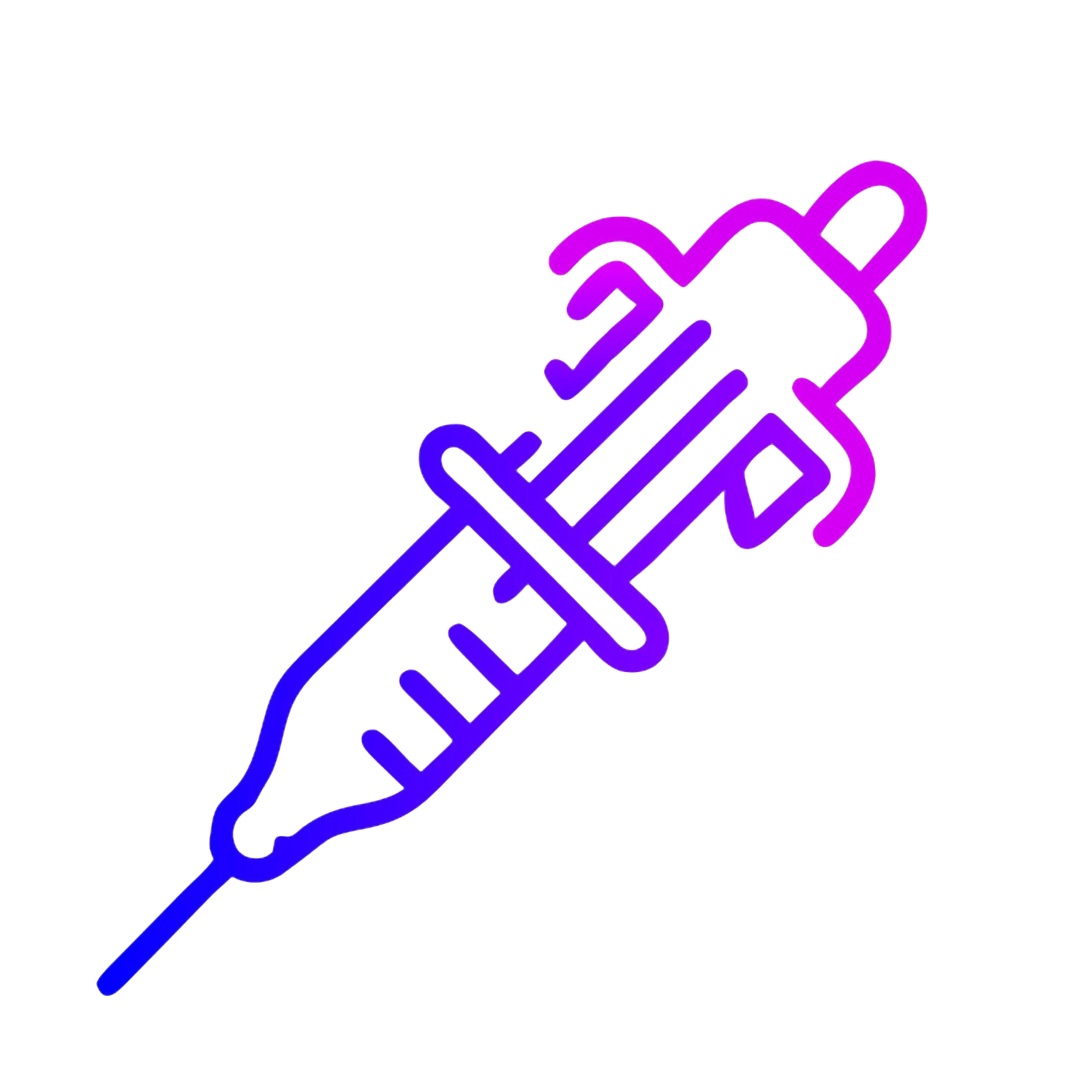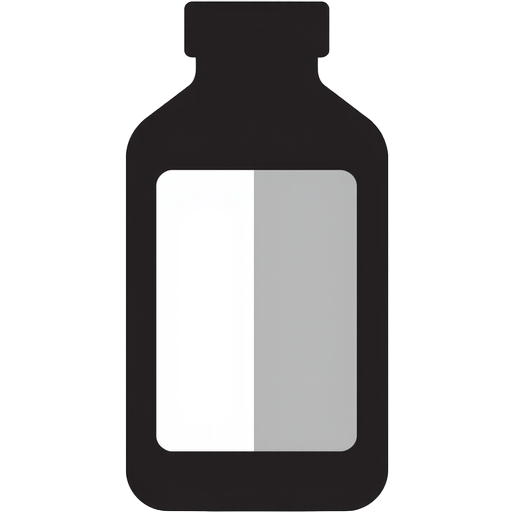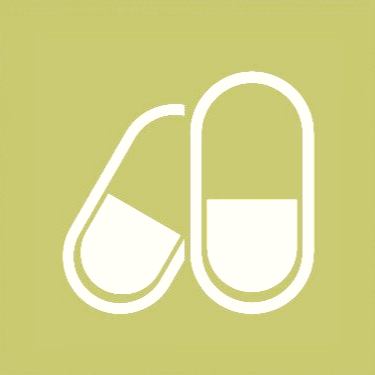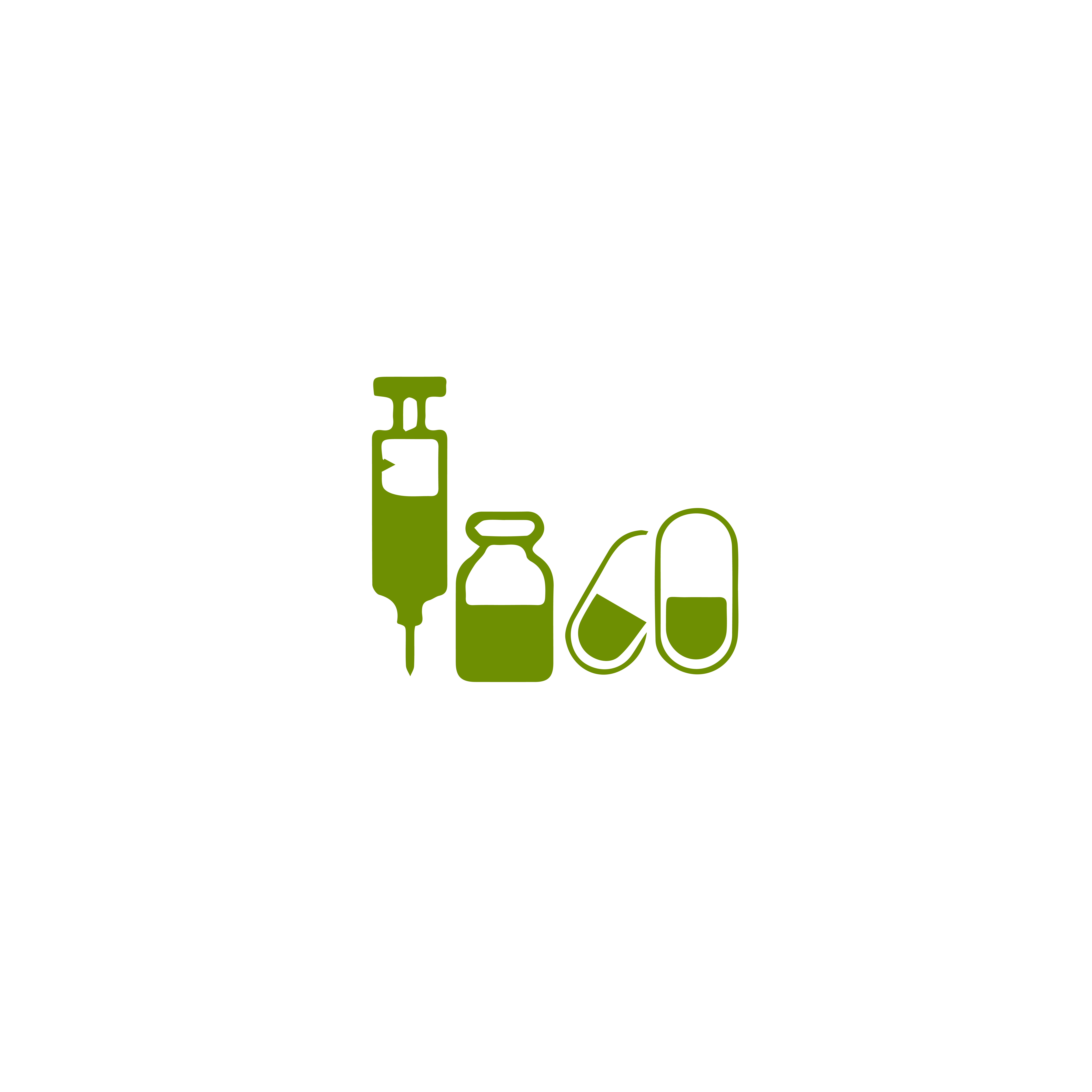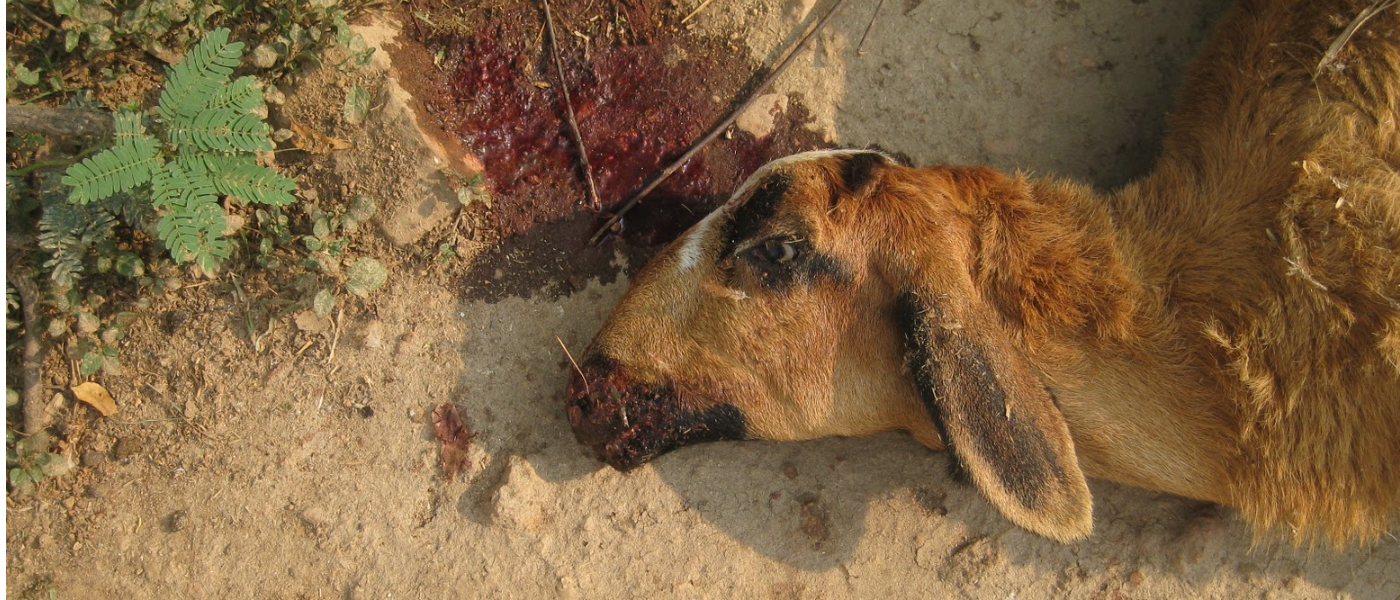Anthrax
The disease is caused by a microorganism called Bacillus anthracis, which is a Gram-positive, non-motile bacterium that exists as short chains in the blood. When this bacterium exits the body and is exposed to air, it transforms into a spore, which has the ability to survive in soil or stagnant water, such as wells, for several years while retaining its capacity to cause disease. Therefore, it is advised not to open the carcass of an animal if anthrax is suspected, as an unopened carcass will decompose, and this decomposition is sufficient to kill the bacterium.
Transmission of the disease:
The disease is transmitted through the consumption of food or water contaminated with the pathogen or its spores. It may also be transmitted by insects when they contaminate wounds, such as biting flies (Tabanus spp) and the camel bot flies (Cephalopina titillator).
Symptoms of the disease:
Acute form: There are no apparent symptoms, and death occurs rapidly and unexpectedly, with black frothy blood coming from the mouth and rectum, accompanied by a delayed occurrence of rigor mortis in the infected carcass.
Severe form: The head swells, and there is swelling in the throat area, along with fluid accumulation below the neck, in the scrotum, and in other parts of the camel's body. The body temperature rises, and bloody diarrhea occurs alongside swelling of the superficial lymph nodes. Colic and bloating may occur before death if the duration of the illness is prolonged.

